.jpg)
“Objects must enter into a relationship with the user, and must be easy to use,” explains Paolo Lomazzi in an interview for RAI television. “Everyday objects, domestic objects and objects that we are attached to.” Inspiration for Sciangai was the Chinese game where wooden sticks are held in the hand and then dropped onto a table.




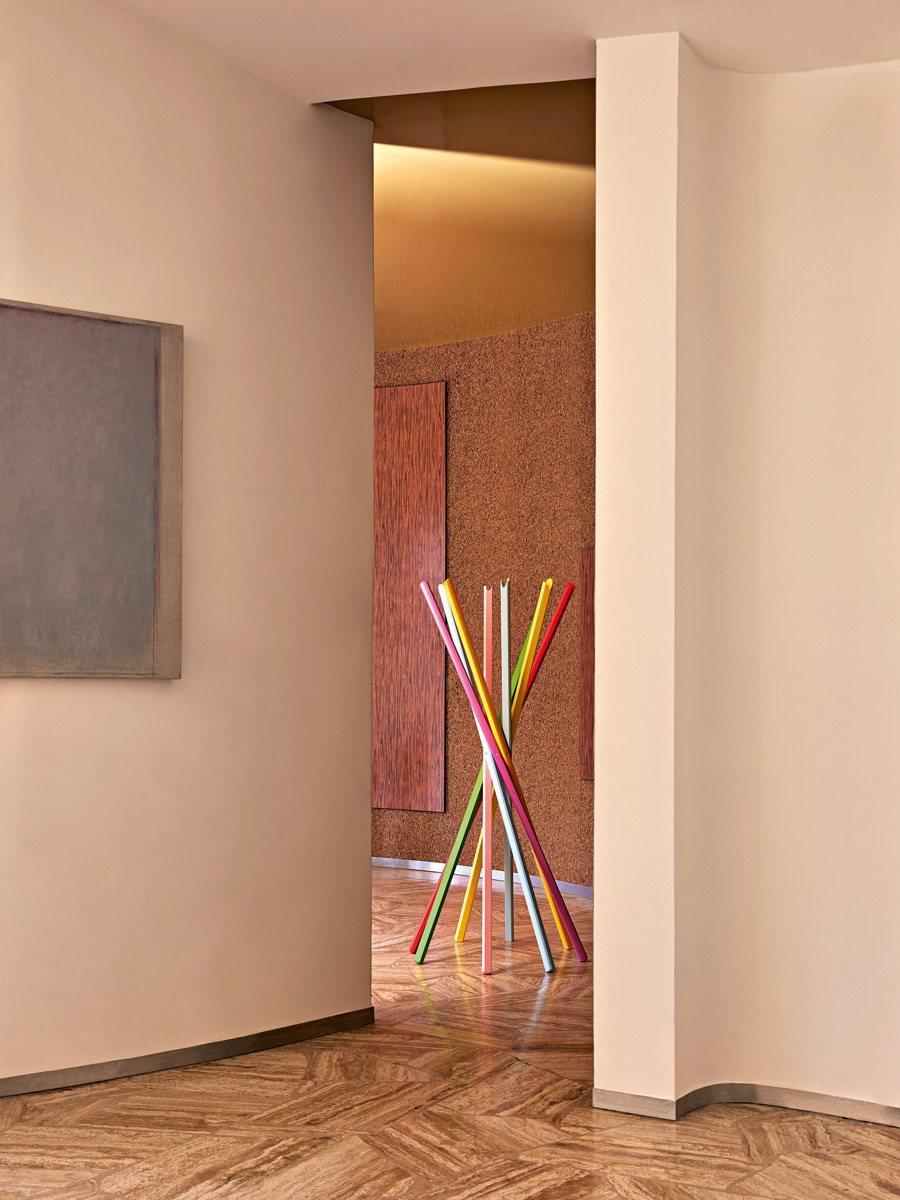
.jpg)


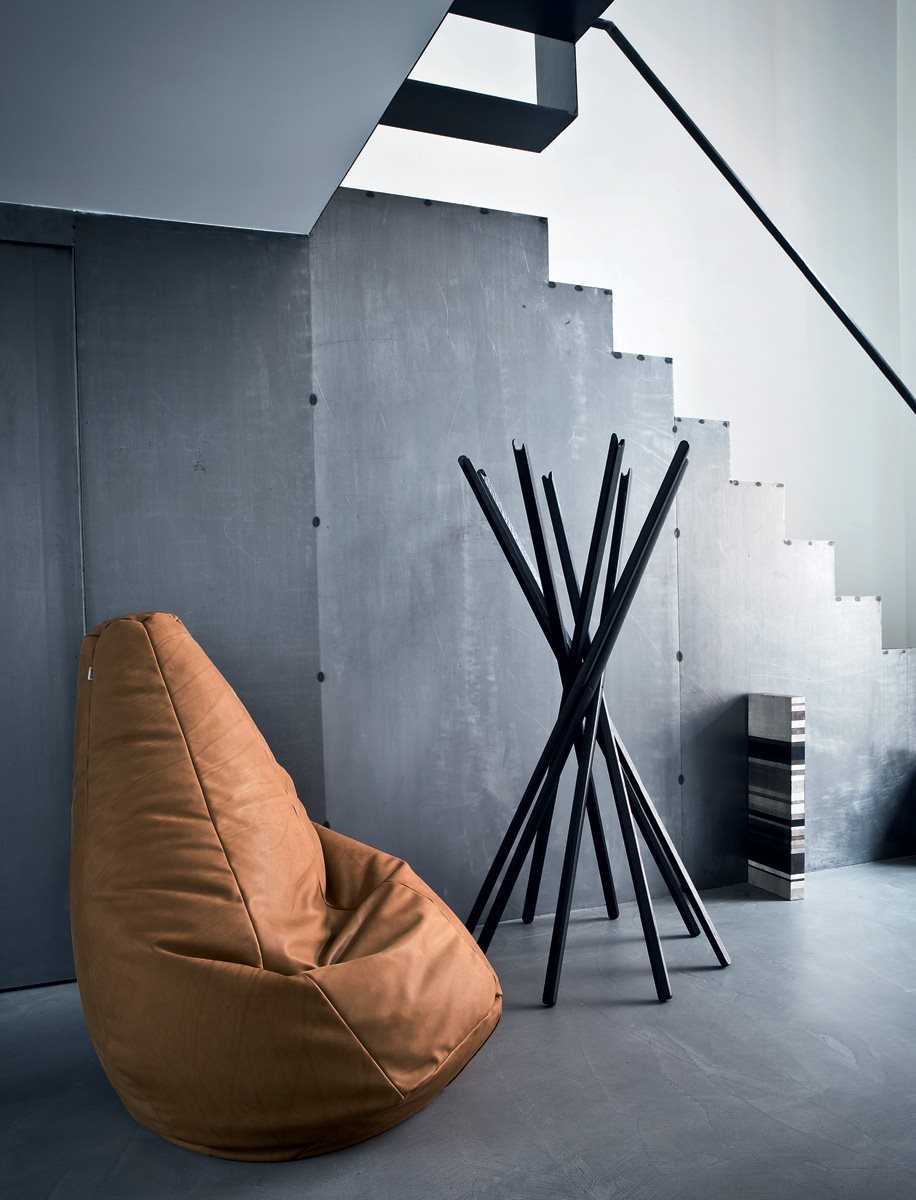

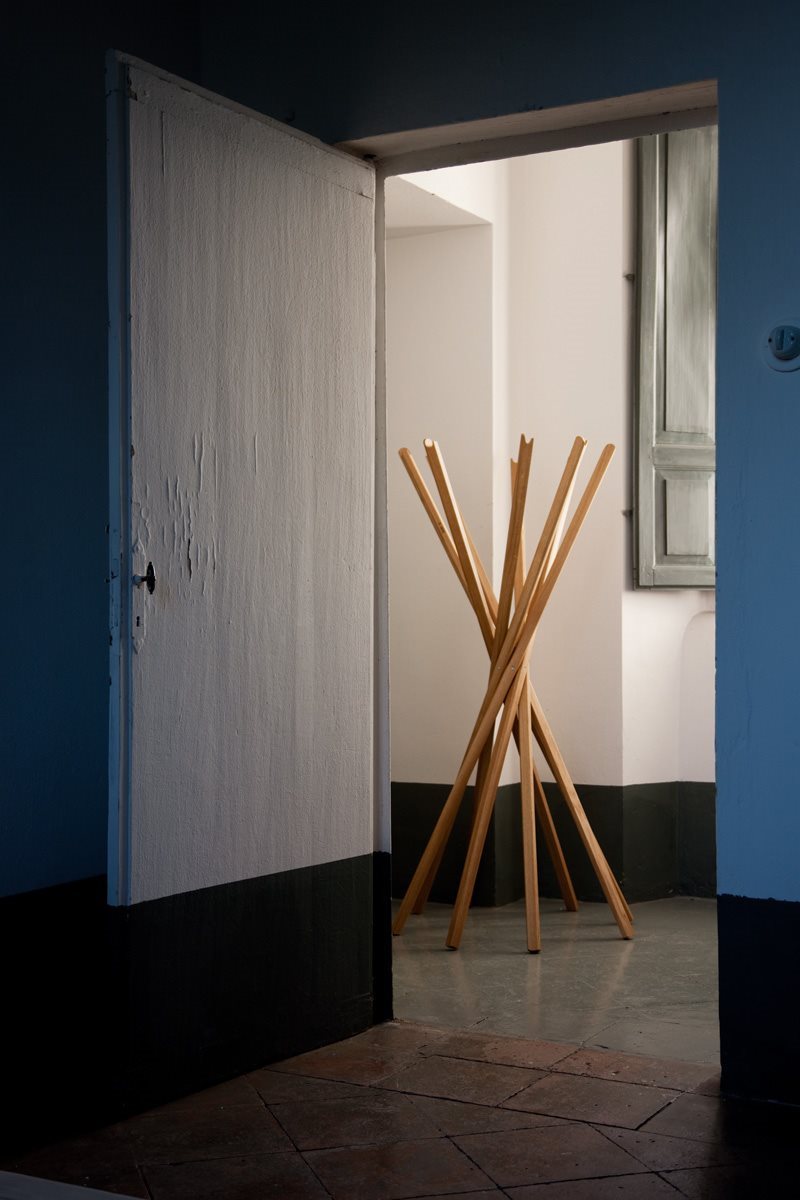


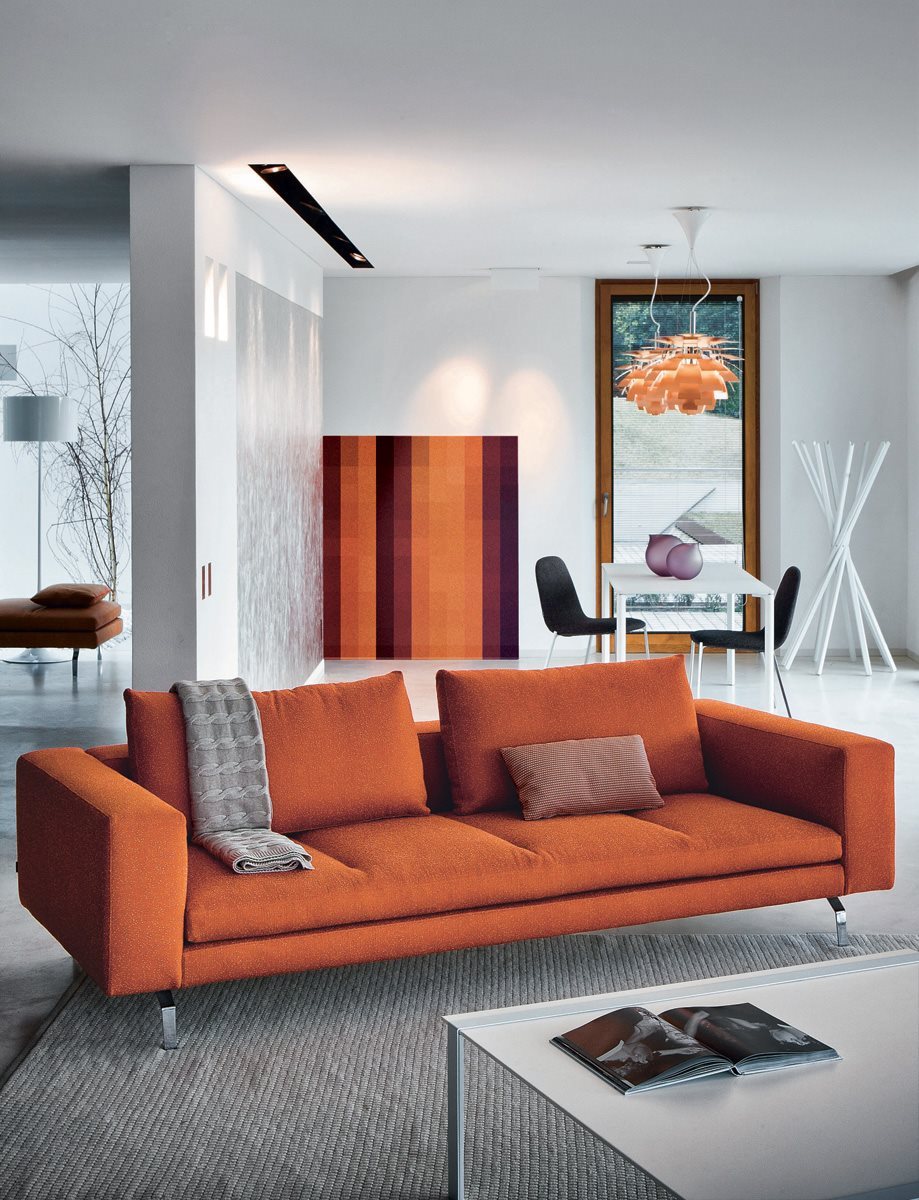


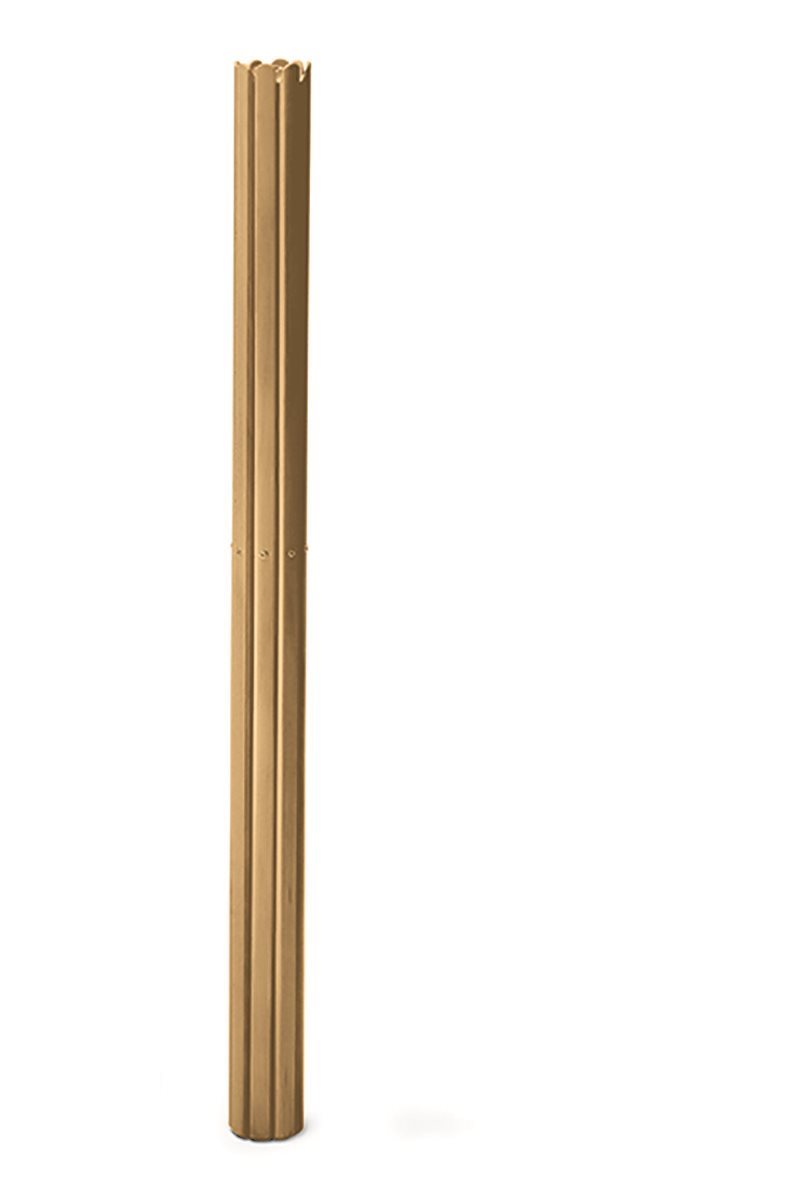
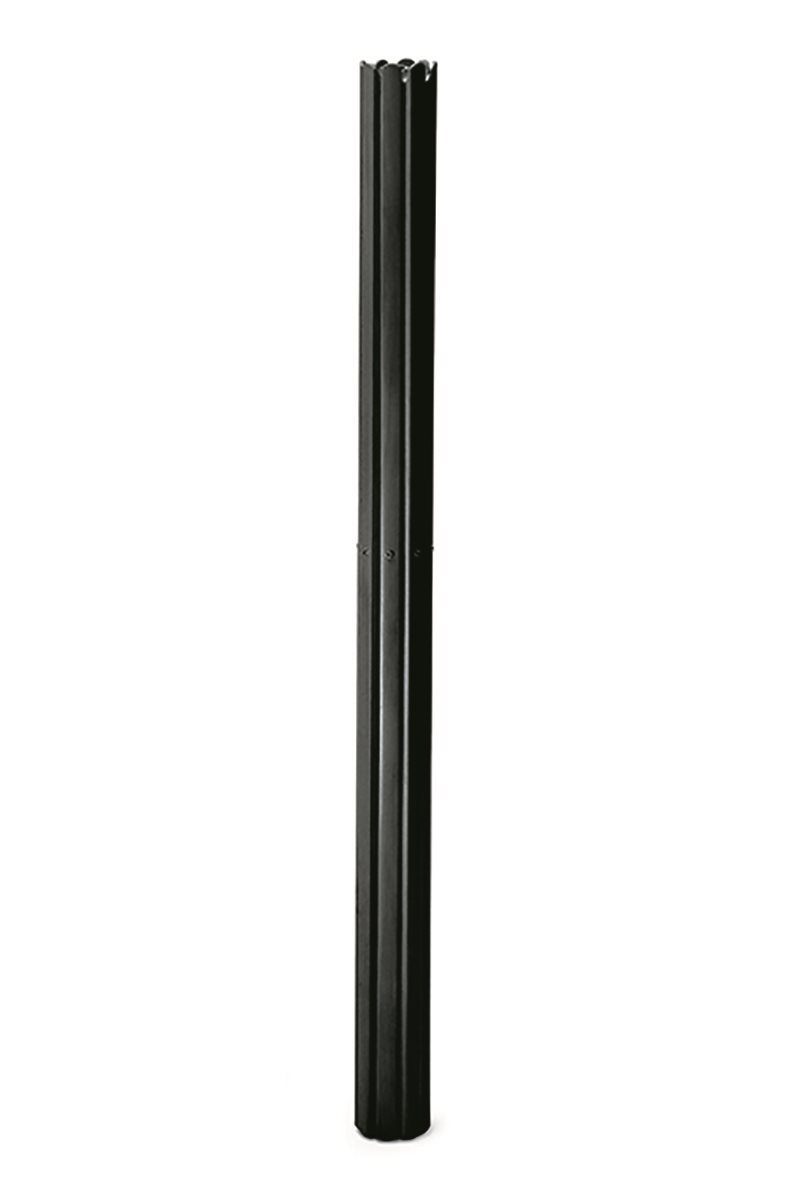
.jpg)
.jpg)
